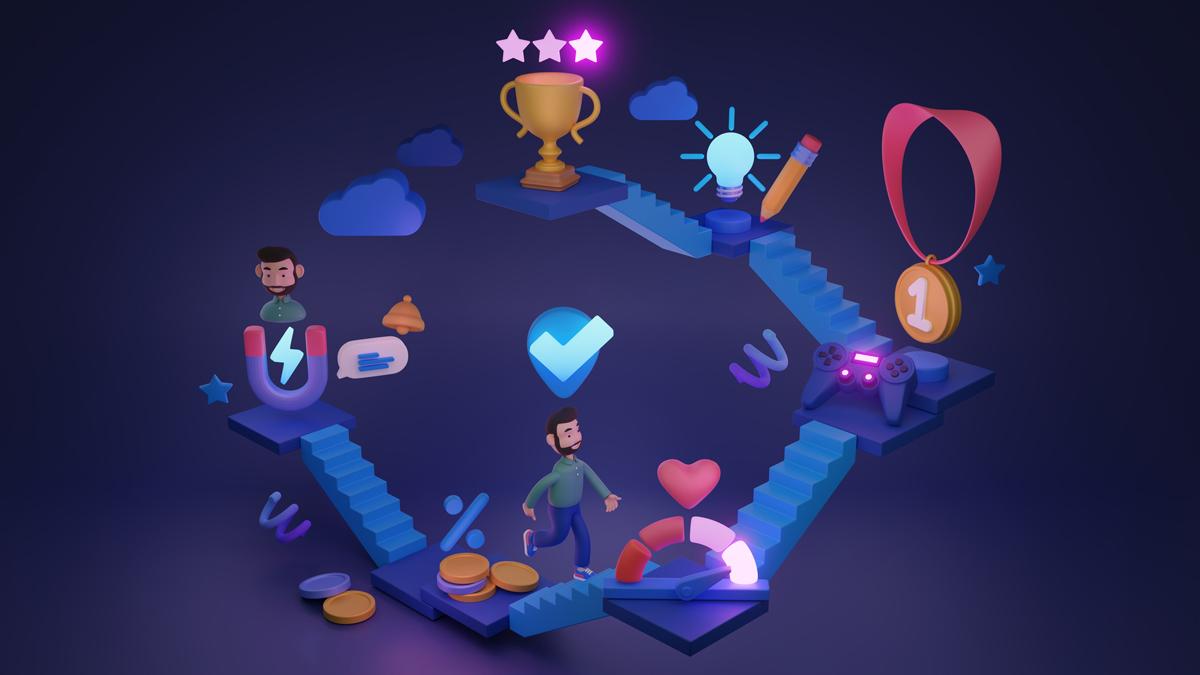The Future of Educational Gamification: Trends,benefits,and Innovations for Modern Learning
In today’s fast-evolving digital landscape,educational gamification stands at the forefront of modern learning strategies. Integrating game elements into education is no longer just a passing trend—it’s reshaping how students, educators, and organizations approach teaching and learning. As technology continues to advance, understanding the future of educational gamification, its emerging trends, key benefits, and latest innovations is crucial for anyone looking to create engaging and effective learning experiences.
What is Educational Gamification?
Educational gamification refers to the use of game-like mechanics, design techniques, and elements—such as points, badges, and leaderboards—in non-game educational contexts. The aim is to boost motivation, engagement, and knowledge retention. By making learning fun and interactive, gamified education can help overcome common obstacles like boredom, distraction, and lack of motivation.
Key Trends Shaping the Future of Educational Gamification
- Adaptive Learning technologies: AI-powered platforms personalize challenges and content based on individual learner’s progress and needs,creating customized experiences.
- Virtual Reality (VR) & Augmented Reality (AR): Immersive simulations have transformed rote memorization into interactive,hands-on discovery,from virtual science labs to AR anatomy lessons.
- Microlearning and Mobile Gamification: short, focused modules combined with game elements fit perfectly into busy schedules and support learning on-the-go through mobile devices.
- Data-Driven Insights & Analytics: Game mechanics provide educators with real-time data on student progress, identifying strengths, gaps, and optimizing interventions.
- Social and Collaborative Play: Multiplayer games encourage teamwork, social interaction, and healthy competition, fostering 21st-century skills.
The benefits of Gamification in Modern Education
The future of gamified learning promises several substantial advantages for learners and educators alike. Here are the moast notable benefits:
- Enhanced Motivation: Game elements such as rewards and challenges tap into intrinsic and extrinsic motivation, encouraging consistent learning behaviour.
- Improved Engagement and Retention: Interactive feedback and storytelling elements help learners remain focused and aid memory retention.
- Development of Soft Skills: Gamified learning environments cultivate skills like problem solving, communication, leadership, and collaboration.
- Immediate Feedback: Timely responses through leaderboards, points, and badges help learners correct errors and track their progress efficiently.
- Safe Risk-Taking: Simulated challenges in games allow for mistakes and revision without real-world consequences, building confidence and resilience.
- Inclusivity: Gamified solutions cater to diverse learning preferences, needs, and abilities, making education more accessible.
Innovative Examples and Case Studies
Case Study 1: Duolingo – Language Learning Reimagined
Duolingo has revolutionized language learning apps by deploying a comprehensive gamification strategy.Features like streak counts, XP points, and playful levels create a habit-forming learning journey. According to a 2023 study by EdTech Magazine, Duolingo users complete lessons 30% more consistently compared to traditional methods, highlighting gamification’s profound impact.
Case Study 2: Kahoot! in the Classroom
Used in schools worldwide, Kahoot! leverages competitive quizzes and interactive challenges to make learning fun and dynamic. Classrooms using Kahoot! have reported higher participation, greater student satisfaction, and improved test scores.
First-Hand experience: University Online learning During COVID-19
When remote learning became the norm, universities adopted gamified platforms like Classcraft to maintain student motivation. Students reported feeling more connected to their peers, more accountable for their progress, and rated their learning experience as more enjoyable.
How to Successfully Implement Gamification in Learning
To realize the full benefits of educational gamification and future-proof your classroom or online training programs, consider the following practical tips:
- Start with Clear Learning Objectives: Define what you want learners to achieve and ensure gamification elements are aligned with these goals.
- Use a Variety of Game Mechanics: Mix achievements,leaderboards,badges,and narrative storytelling so activities remain fresh and engaging.
- Provide Instant Feedback: Real-time feedback is vital to keep learners motivated and allow them to track their progress.
- Foster Collaboration: Incorporate multiplayer elements or team challenges to enhance communication and teamwork skills.
- Iterate Based on Analytics: Use data gathered from gamified activities to refine your approach and support student needs more effectively.
- Balance competition and Cooperation: ensure all students feel included and valued, catering for both competitive and collaborative preferences.
Challenges and Considerations
While the future of educational gamification is bright,there are challenges to address:
- Over-Competition: Excessive focus on winning can discourage less competitive students. Balance rewards to recognize effort, progress, and collaboration.
- Potential Distraction: Game mechanics should support—not overshadow—the learning goals. It’s vital to maintain educational relevance.
- Resource limitations: Not every institution has access to advanced technologies like VR/AR. Start small, and scale up as resources become available.
- Digital Divide: Ensure that gamified learning is accessible and inclusive, providing alternatives where possible for learners with limited tech access.
The Role of Technology in shaping gamified Learning
Emerging technologies are propelling the possibilities of educational gamification forward. From artificial intelligence tailoring content to each learner, to immersive AR and VR learning environments that transport students to new places and eras, the technological landscape will continue to expand the horizons of gamified education. Blockchain is also being explored for secure digital credentials and achievements.
Conclusion: Embracing the Gamified Future of Education
As we look ahead, the future of educational gamification brims with promise for learners and educators across the globe.By harnessing the latest trends and innovations—while staying grounded in sound pedagogical principles—schools,universities,and businesses can create dynamic,effective,and joyful learning experiences for all ages.
Whether you are an educator seeking to boost classroom engagement, an administrator aiming to rewrite the rules of digital training, or a lifelong learner searching for motivation, gamification offers a toolkit to bring learning to life. The time to embrace gamified modern learning is now—unlock the potential and transform the educational journey for the generations to come.

